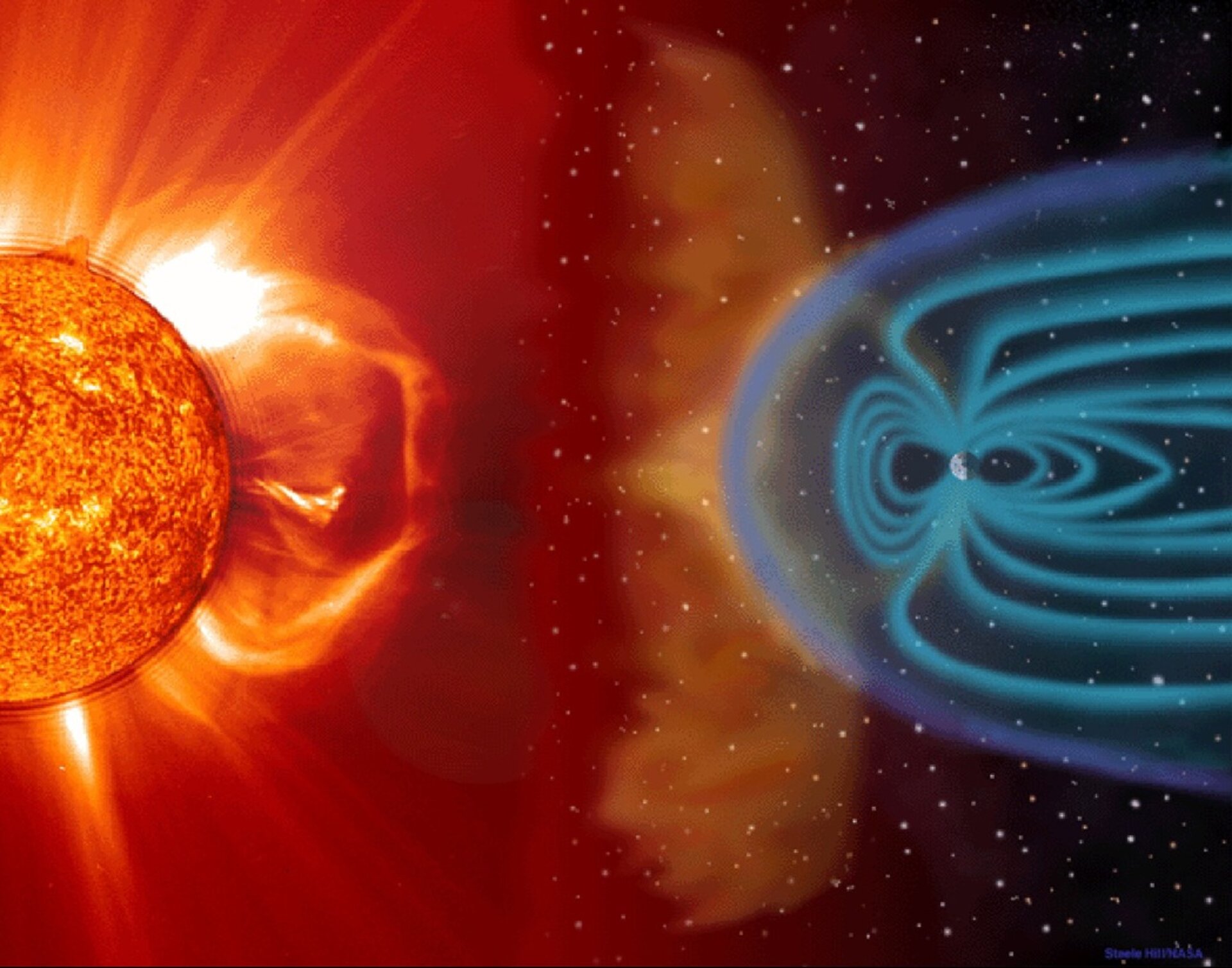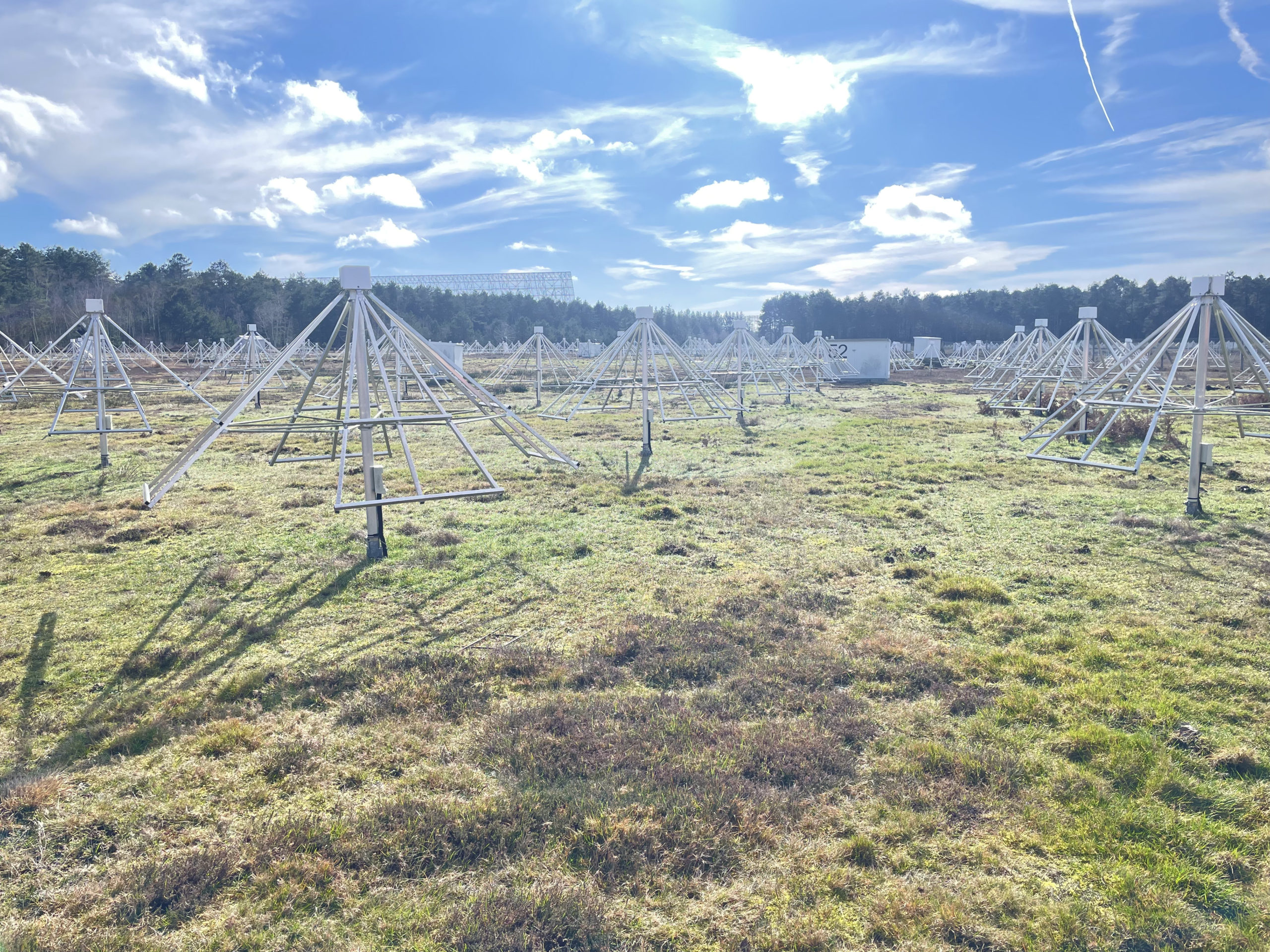USE CASES
Transient astrophysics with a sq kilometre array pathfinder (taska)
The EXTRACT project is harnessing the power of data in its space case that tests EXTRACT project technology in a Transient Astrophysics with a Square Kilometre Array Pathfinder (TASKA) case using NenuFar radio telescopes in Nançay, France. EXTRACT project technology helps filter raw data from these telescopes by a factor of 100 to allow meaningful data to be populated into high-quality datasets.
*The NenuFAR telescope clips used in the videos were provided by Observatoire de Paris, CNRS PSL & Oak Productions, 2017.

The Sun can be very active at times, resulting in very powerful ejections of highly energetic elementary particles that could have dramatic consequences for Earth: power grid failure, circuit burnout, disruption of radio communication and GPS, civil aviation etc. which can bring chaos in our day-to-day life. Early detection and prediction of such events in advance can help brace for the incoming impacts at Earth’s orbit. Remote observation of “space weather” allows for preventative action to be taken during the passage of the burst on Earth, e.g., by allowing vital electric systems to be shut down to protect them.
The last generation of radio telescopes (as well as space-borne probes) allow us to detect and quantify incoming solar bursts through their signature emitted as radio waves, as soon as they are emitted from the Sun. The remote signal measured from solar bursts can be turned into dynamic movies showing the evolving structure with time (around the Sun) and with frequency (as a sound spectrogram). This information allows researchers to evaluate potential threats with regard to solar of burst size, energy and trajectory crossing Earth orbit.
Photo Credit: NASA
The EXTRACT project is validating its extreme data mining workflow in the TASKA use case. This case aims to develop the different aspects and technical solutions for building a fast-response system that will identify the presence and morphology of the bursts using trained Machine Learning/Deep learning (ML/DL) networks deployed on cloud architectures.
Visual image
TASKA aims to answer multiple questions:
-
How can we efficiently detect and model the various solar radio emissions from observation with radiotelescopes?
-
How can we develop an automatic data processing and identification system that will enable quick response time to derive burst parameters and location from near real-time?
-
How can ML/DL in a Cloud-based framework contribute to the deployment of such alert systems?
EXTRACT technology will be used to :
1) optimize current data infrastructures and AI & Big-data frameworks to facilitate the development of complex data-mining workflows, including data processes and analytics methods
2) develop novel data-driven orchestration techniques to select the most appropriate set of computing resources to jointly address extreme data characteristics;
3) increase the interoperability of programming paradigms and execution models used across the compute continuum.

Currently, more than 2000 antennas in Nançay, France are receiving 56TB of per day of raw data about solar activity. To be able to effectively mine and analyse this deluge of data at the source, so it can be used for early detection, prediction and further research, two activities are being pursued:
1) Activity A: “A”gile detection of solar activity and decision making for reduction of raw data
2) Activity C: “C”loud-based fast-paced data calibration and imaging.
Read more about this case: